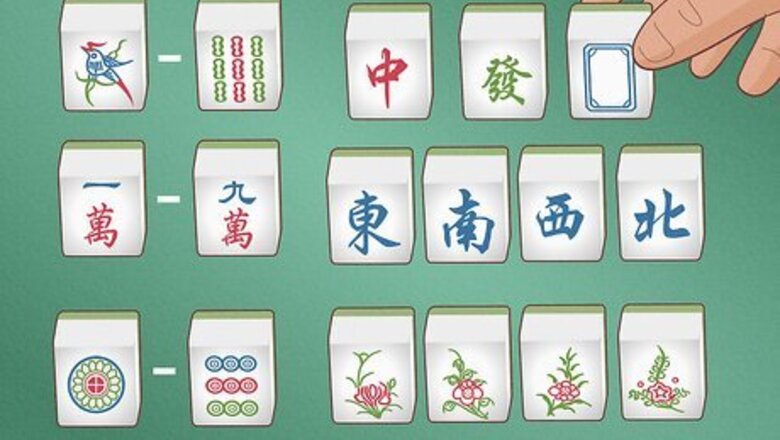
views
Mah Jongg Overview & Objective
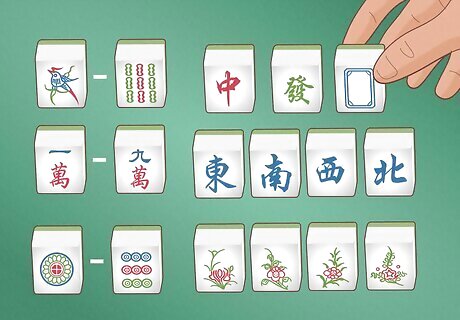
Examine the tiles. A Mah Jongg set comes with 144 tiles. Each tile has either a symbol or a Chinese character on it. Your goal when playing Mah Jongg is to create combinations with these tiles. Your Mah Jongg set should include: 36 Bamboo tiles, 4 sets numbered 1-9 36 Chinese Character tiles, 4 sets numbered 1-9 36 Circle tiles, 4 sets numbered 1-9 12 Dragon tiles, 4 red, 4 green , and 4 white 16 Wind tiles, 4 of each wind direction (North, South, East, and West) 4 Flower tiles numbered 1-4 4 Season tiles, numbered 1-4

Learn the combinations. Although there are many different tiles in Mah Jongg, there are just three different kinds of tile combinations that you will be trying to make as you play Mah Jongg. These combinations include Chow: a run of the same type of three tiles, such as three Chinese character tiles numbered 2, 3, and 4 Pong: a set of three tiles, such as three number 2 Bamboo tiles Kong: a set of four tiles, such as four number 5 Circle tiles
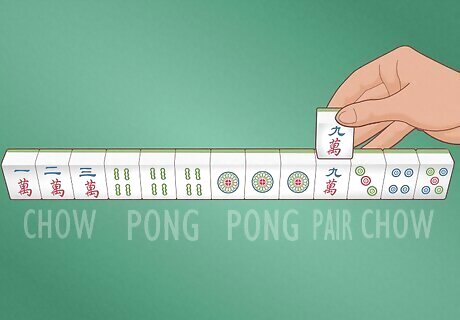
Understand the object of the game. The object of Mah Jongg is to complete four Chow or Pong combinations OR a Kong combination plus a pair of two identical tiles. The first player to do so wins the round. A game of Mah Jongg usually includes 16 rounds so that each player has a chance to be the dominant wind four times. Players earn points when they win a round and at the end of 16 rounds, the player with the most points is the winner.
How to Set up Mah Jongg
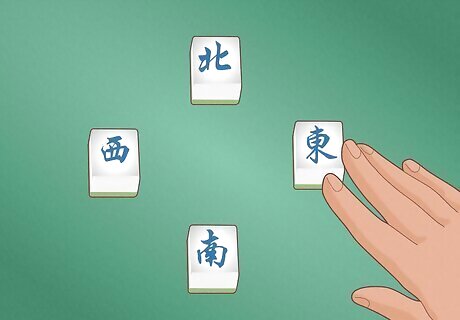
Assign a wind direction to each player. Before the game begins, assign each player a wind direction of either North, South, East, or West. The players will keep this direction for the entire game. As you play, you will cycle through the four winds so that each round has a designated wind.
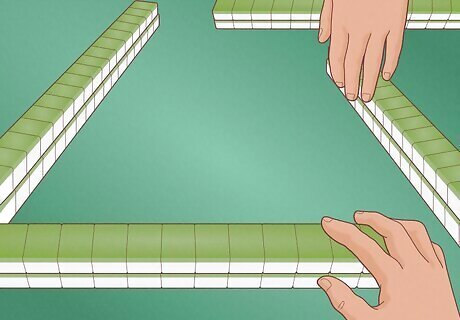
Make the four walls. Have each player stack up 36 tiles (18 on top of 18) to form a wall on each side of the table. Make sure that the tiles are all facing down. Then, push the walls together to form a square. These walls form the draw pile for the game.
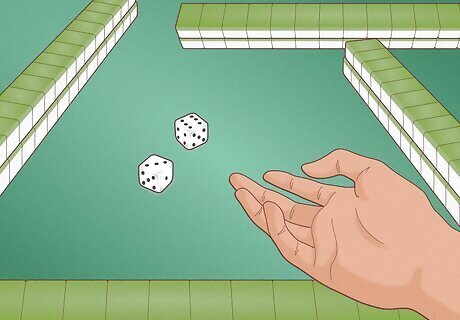
Roll the dice to determine who will be the dealer. Have all four players roll both dice. Whoever rolls the highest number will be the dealer for this round. The player sitting to the right of the dealer goes first and play passes to the right.
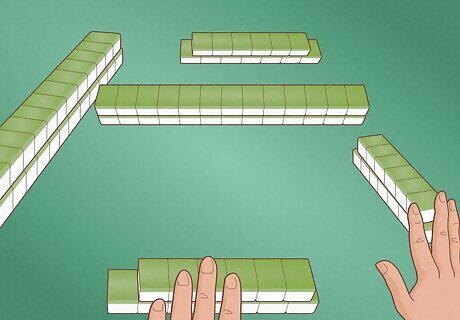
Have the dealer deal. The dealer will need to give everyone 13 tiles from the wall. The rest of the tiles can stay in the wall formation in the center of the table and players can draw from the wall or from the discard pile as you play. The player whose wind direction is dominant for this round gets an extra tile. That player will get 14 tiles total while the rest of the players get 13.
Playing a Turn of Mah Jongg
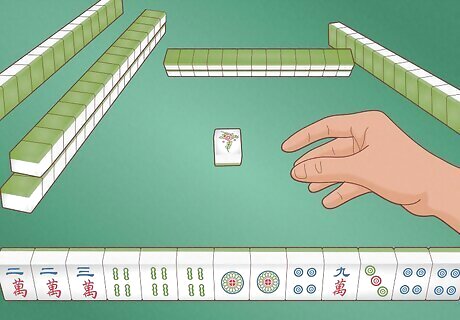
Draw and then discard a tile. Start your turn by either drawing a tile from the wall or from the discard pile (unless it is empty). After you draw your tile, discard a tile by placing it face up in the center of the table. Keep in mind that other players may pick up the tiles you discard.
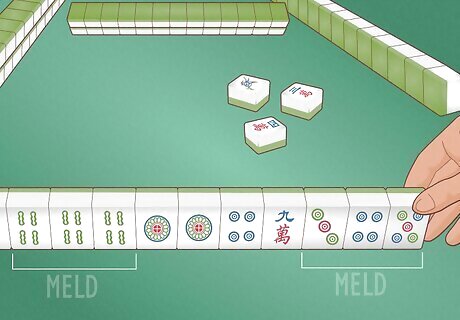
Create melds. The way to win Mah Jongg is to create melds, also known as Pungs, Chows, and Kongs. Each of these melds is a different combination of tiles that you can make. If you play melds during the game, you will earn a certain amount of points for each different type of combination.
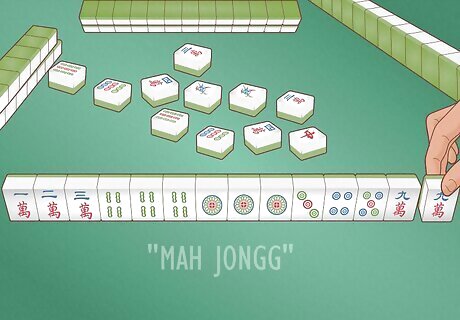
Call out “Mah Jongg” when you have a winning combination. If you create the required number of melds to get a Mah Jongg, then you can call out “Mah Jongg” after you place the winning meld on your turn. As long as you have the correct number and type of melds for a Mah Jongg, then the round is over.
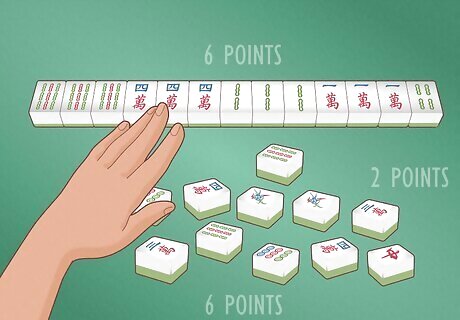
Settle the scores. After someone has won the round, you will need to calculate the scores for each player. There are several different ways to score in Mah Jongg, but to keep things simple, you can assign points based on the following guidelines. 4 Pungs earns 6 points 4 Chows earns 2 points 1 Dragon Pung or Kong earns 2 points 2 Dragon Pungs earns 6 points Pung or Kong of Winds matching dominant Wind for the round earns 2 points Flowers or Seasons tile earns 1 point
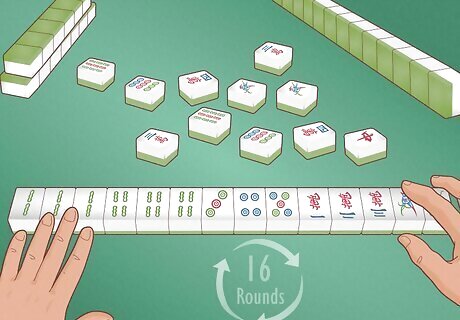
Keep playing until you have played 16 rounds. A game of Mah Jongg is over when you have played 16 rounds total and each player’s wind direction has been the dominant wind four times. After you have finished 16 rounds, add up the scores for each player to determine the winner.










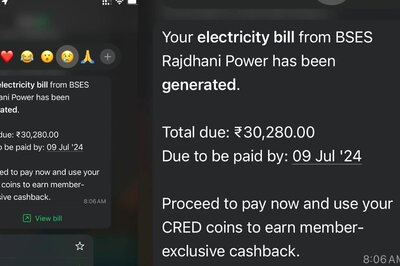









Comments
0 comment